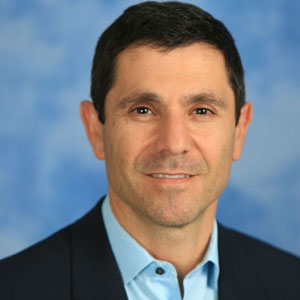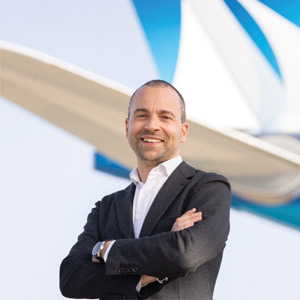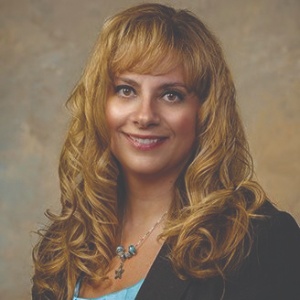THANK YOU FOR SUBSCRIBING

Innovation in Air Traffic Management: One Small Step?
Friedrich-Wilhelm Menge, Chief Technology Officer (Cto), The German Air Navigation Service Provider DFS


Friedrich-Wilhelm Menge, Chief Technology Officer (Cto), The German Air Navigation Service Provider DFS
“If I had asked people what they wanted, they would have said faster horses.” This famous quote, often attributed to Henry Ford, provocatively demands that we imagine a future that is more than a continuation of the past. The practical challenge we face is how to translate this enduring truth into practice progress. How do we light our way on our uncertain path to the future and harness the right technologies, the right incentives and systems?
At this point in time in the industry, it makes sense to question some of our basic assumptions about how the aviation sector as a whole, and specifically air traffic management (ATM), needs to progress. If today we were to design ATM and IT solutions from scratch, would air traffic controllers have a different role than today? Would the system still be based on sectors? Would the variety of specific functions and interfaces to other ecosystems be the same?Whatever the answer to these questions is, we have a system that has emerged and grown, with complex variances and strict regulations. We have to focus on how we can best introduce and use new technologies for our purposes.
Strict regulation and complex legacy systems are a challenge
In pure technology terms, many things would easily be possible. However, introducing new technology into a highly complex and regulated system with many safety needs is a bigger challenge. The existing ATM system has proven to be very safe, even when running at its limit.
We have reached the end of the technological S-Curve model, which describes the life cycle of strategic innovation, and it is time to jump to new technologies, procedures and methods.
The ATM system is not designed to “jump”, however, due to the industry’s lengthy procedures, detailed regulations, complex responsibility structures and historical technological interdependencies. On top of this, we are currently facing a serious economic situation with a revenue shortfall of several billion due to the ongoing COVID-19 pandemic.
Digital European Sky needs agile lighthouse projectsIn Europe, air navigation service providers have agreed to a common vision for technology in ATM – the Digital European Sky. DFS fully supports the respective goals and the industry cooperation has been very helpful to discuss and design conceptual solutions. However, our industry is still too slow in introducing new technologies.
We need to speed up. For the Digital European Sky, we need to challenge and question the traditional approach, the procedures and regulations, and start changing the way air traffic control has been working until now.
However, change cannot be a jump, made by all players at once. Instead, we need agile and incentivised lighthouse projects that quickly improve the situation and with enough reach to be able to create traction. Large ANSPs, such as DFS, should be the technological pioneers.
As An Industry, We Must Force Ourselves to Imagine, and Accept, Progress will be Made By Embracing Disruptive Ideas and Projects and Showcasing Individual Advances
In our view, one of the most promising concepts to improve the ATM system as a whole is the implementation of a data-centric, cloud-based and modular ATM suite.
For this, we have to move from static and isolated systems at each facility to interoperable solutions. A basic technological requirement is interoperable interfaces and the use of existing industry standards, not specifically ATM ones.
The fast deployment of modular and connective solutions is key to the successful digitalisation of the ATM system.
To achieve this, innovative solutions and agile partnerships should be supported and incentivised by means of flexible and unbureaucratic regulation to exploit the full potential of such solutions. We favour an ecosystem and competition of the best ideas, modules and processes by ANSPs and partnerships.
This requires the concession that every progress made by a single ANSP or project is by itself also a direct contribution to improving the performance of the European air navigation services system as a whole and thus to achieving the Digital European Sky.
One small step, one giant leap
As an industry, we must force ourselves to imagine, and accept, progress will be made by embracing disruptive ideas and projects and showcasing individual advances. Doing so will deliver more than the usual one or two percent efficiency gains. Ultimately, doing so will represent a giant leap for aviation as a whole.











